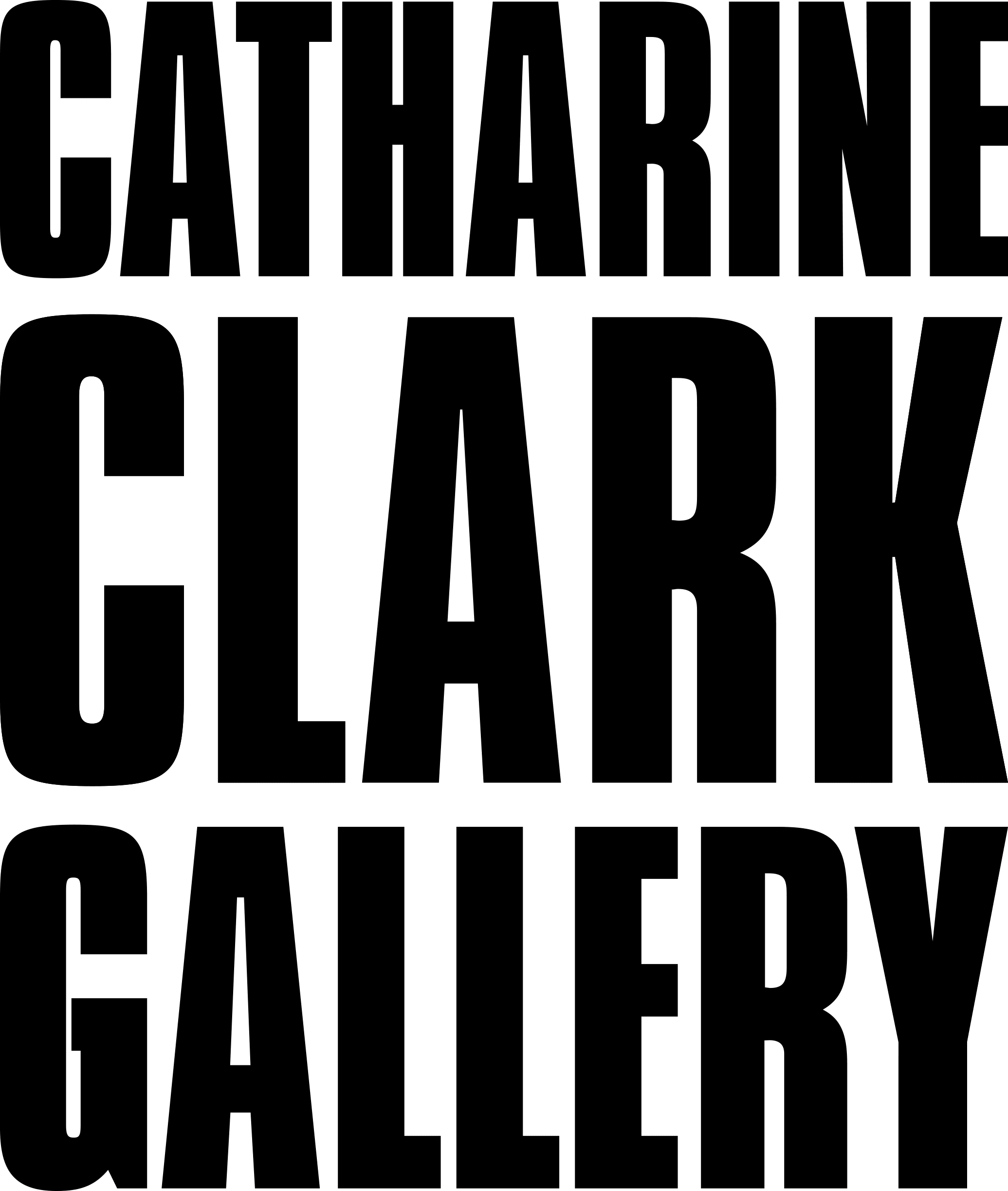by Rowan Johnson
SOU Class of 2025, Creative Writing
Japanese Ceramics
The earliest Japanese ceramic, or Yakimono, recorded comes from 14,500 B.C.E.. The art form has only evolved over time, reflecting the changing philosophies, materials, and aesthetics of Japanese culture. Bizen, Echizen, Seto, Shigaraki, Tamba-Tachikui, and Tokoname are known as the Six Ancient Kilns. These regions are recognized for their contribution to the world of Japanese ceramics, with their practices dating back thousands of years. Inspired by the delicate nature of the material, artists Deborah Oropallo and Michael Goldin blend this culturally rich technique with visions of rural American farm life. The piece Wicked Leak plays with the illusions of serenity, featuring a broken farm boot filled with blue resin. Learn more about the history of Japanese ceramics with the link below, and find Wicked Leak in the Heiter Gallery of the Schneider Museum of Art.
https://www.triptojapan.com/blog/discovering-the-art-of-traditional-japanese-pottery

Deborah Oropallo and Michael Goldin, American Gothic, 2023, glass, decal, rawhide, wood, steel, glasses. Courtesy of the artists and Catharine Clark Gallery
American Gothic
Grant Wood’s American Gothic is an iconic and highly parodied piece of American art history. Its thin line between satire and seriousness leaves plenty to the imagination, keeping a conversation alive after almost 100 years. The painting reflects a Depression era United States, with the brunt of famine and poverty hitting the midwest. It was one of the first paintings that came from the regionalism movement, a conservative and traditionalist movement that opposed the European modernism . Artists Deborah Oropallo and Michael Goldin pay homage to American Gothic in a minimalist piece featuring a rawhide pitchfork and glasses that hold the recognizable house in the frames. Find Oropallo and Goldin’s American Gothic in the Entry Gallery in the Schneider Museum of Art, and learn more about what makes the original Grant Wood piece so timeless with the link below.
https://www.bbc.com/culture/article/20170208-how-american-gothic-became-an-icon

Three Little Pigs
As far as fairy tales and popular fables go, The Three Little Pigs is relatively young as a published piece. The first published version of the story as we know it appeared in 1886. It’s believed there were earlier versions of the story that were told through oral tradition, with many different variations existing in regions like Africa, England, and Italy. Even when the animal or number of animals changes, the core theme of resourcefulness appears across the board. Artists Deborah Oropallo and Michael Goldin reflect on the cycle of life, death, and materiality with their piece Elegy 2. The piece features a boar skull from an animal Oropallo and Goldin owned together, with images of the Big Bad Wolf from Looney Tunes impressed into the bone. It sits on layers of farm hay, old sticks, and bricks. Find Elegy 2 in the Main Gallery of the Schneider Museum of Art, and learn more about the history of The Three Little Pigs with the link below.
Read more at: https://mailchi.mp/sou/inside-the-museum-4937891?e=0a154e1fe9



